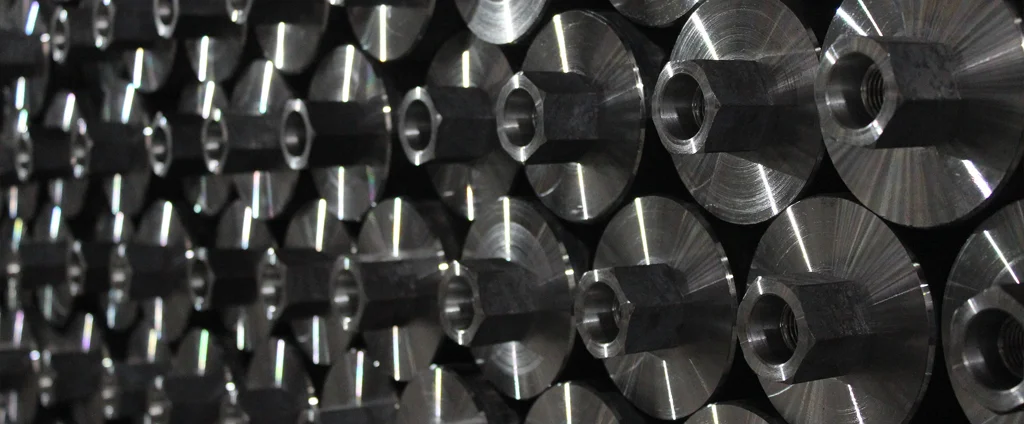SAE/AISI 1552 Carbon Steel (UNS G15520)

SAE/AISI 1552 is a resulfurized carbon steel known for its high strength, good toughness, and excellent machinability. It is frequently used in automotive, machinery, and structural applications where precise fabrication and durability are essential.
| Chemical Composition | ||
|---|---|---|
| Element | Min | Max |
| Iron | 97.86% | 98.33% |
| Carbon | 0.47% | 0.55% |
| Manganese | 1.20% | 1.50% |
| Phosphorous | —— | 0.04% |
| Sulfur | —— | 0.05% |
The following table provides a list of SAE/AISI 1552 properties in both SI and US customary/Imperial units.
Click on the button to switch between Metric and Imperial units.
| Physical Properties | Metric |
|---|---|
| Density | 7850 kg/m3 |
| Mechanical Properties | Metric |
| Tensile Strength (Ultimate) | ≥ 745 MPa |
| Tensile Strength (Yield) | ≥ 410 MPa |
| Young’s Modulus (E) | 190 - 210 GPa |
| Bulk Modulus (K) | 140 GPa |
| Shear Modulus (G) | 80 GPa |
| Elongation at Break | ≥ 12% |
| Reduction of Area | ≥ 30% |
| Poisson’s Ratio (ν) | 0.27 - 0.30 |
| Brinell Hardness | ≥ 217 |
| Thermal Properties | Metric |
| Thermal Conductivity | 52 W/m·K |
| Specific Heat Capacity (Cp) | 470 J/kg·K |
| Coefficient of Thermal Expansion (αL) | 1.2×10-5 1/°C |
| Electrical Properties | Metric |
| Electrical Conductivity | 6.38×106 S/m |
| Electrical Resistivity | 1.57×10-7 Ω·m |
The values in this table are approximate and can vary depending on various factors such as the specific manufacturing process and heat treatment applied to the alloy.
Advantages & Disadvantages of 1552 Carbon Steel
| Advantages | Disadvantages |
|---|---|
| Excellent machinability | Susceptible to corrosion |
| Good strength and toughness | Not suitable for high-temperature applications |
| Wide range of applications |
Applications of 1552 Carbon Steel
SAE/AISI 1552 carbon steel serves diverse industries due to its strength and machinability, making it a reliable choice for components in demanding environments, including:
- Machine parts: Used to make a variety of components such as gears, shafts, and bearings. Well-suited due to its strength, toughness, and machinability.
- Automotive parts: Commonly used for springs, shock absorbers, and brake rotors thanks to its strength, durability, and toughness.
- Appliances: Utilized in products like refrigerators, washing machines, and dryers for its strength, toughness, and corrosion resistance.
- Construction materials: Applied in structural elements such as beams, columns, and girders due to its strong and durable nature.
- Weapons: Employed in the manufacturing of guns, knives, and swords for its toughness, strength, and reliability.
